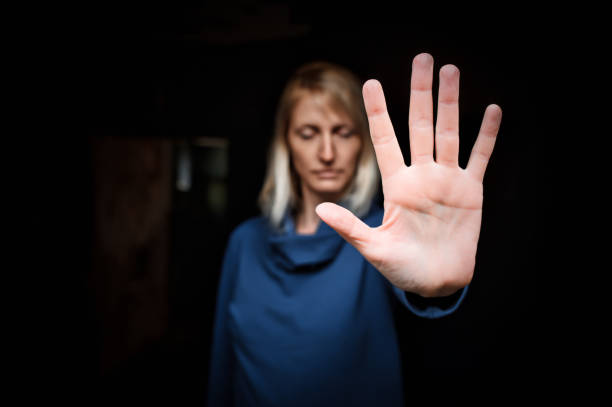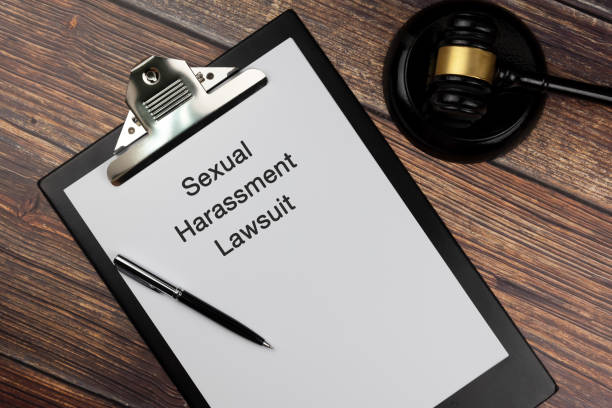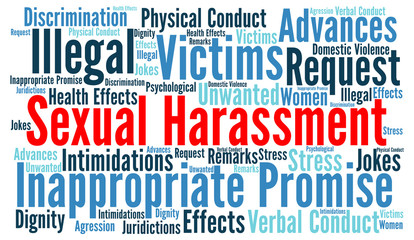
What Evidence Do I Need for My Sexual Harassment Claim?
Sexual harassment, as defined under federal and state legislation, is unwanted or unwelcome sexual advances. Requests for sexual favours or conduct of a sexual nature in circumstances which a reasonable person. Having regard to all the circumstances, would have anticipated this behaviour to cause offense, humiliation or intimidation. This means the conduct may not be directed towards you specifically, but if you find the conduct to be offensive or intimidating, it may still constitute sexual harassment under federal and state legislation. What Evidence Do I Need for My Sexual Harassment Claim? is an important discussion.
Sexual harassment can take various forms. It can involve:
- unwelcome touching, hugging or kissing;
- staring or leering;
- suggestive comments or jokes;
- sexually explicit pictures, screen savers or posters;
- unwanted invitations to go out on dates or requests for sex;
- intrusive questions about an employee’s private life or body;
- unnecessary familiarity;
- insults or taunts based on your sex;
- sexually explicit emails or SMS messages;
- accessing sexually explicit internet sites;
- behaviour which would also be an offence under the criminal law, such as physical assault. Indecent exposure, sexual assault, stalking or obscene communications.
Sexual harassment is not sexual interaction, flirtation, attraction or friendship which is invited, mutual, consensual or reciprocated. However, if this consent is withdrawn or no longer invited and mutual, such as one employee wanted the relationship to end and the other party does not agree, this may constitute sexual harassment.
Sexual harassment constitutes sex discrimination (Birch v Wesco Electrics (1966) Pty Ltd (2012) 218 IR 67 [81]; Aldridge v Booth (1988) ALR 1 [16]-[17]), as the employee has been treated less favourably than colleagues of the opposite sex in being sexually harassed.
Evidence in Sexual Harassment Claims
If you are looking to pursue a sexual harassment complaint against your employer, you may be asking yourself how important evidence is in order to substantiate your complaint.
It is important to remember that in sexual harassment complaints, the standard of proof is the “balance of probabilities”. Thus, the employer must determine the likelihood of one party’s version of events being more probable to have occurred than not. This is a lesser standard than the proof required for criminal matters, where criminal allegations must be proven “beyond reasonable doubt”.
Nevertheless, it is important to keep in mind the principles of evidence which might apply. This is particularly important where many workplace investigations may end up in the Fair Work Commission, anti-discrimination commissions, a state tribunal, AHRC or otherwise in a contentious, litigated setting.
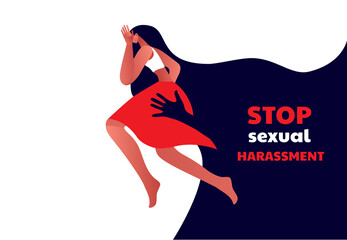
Preparing your sexual harassment case
In order to best prepare for a sexual harassment case, you will need to document the incidents. In sexual harassment cases, it is likely there were multiple occurrences of inappropriate behaviour. You should start documenting everything on the day that you experience anything like discrimination or sexual harassment while you are at work. You should keep a journal and document everything in it, so you have everything together and are easily accessible. Where possible you should provide copies of the evidence when you file your complaint, but always keep your original. You do not want the original documentation to be lost, misplaced, or destroyed because you will need it throughout the claims process.
When you document events and activities, you should describe everything that happened in as much detail as possible. You will need to include notes from any meetings with your employer’s human resources (HR) department or your supervisor regarding the incidents. Maintain proof of notifying your employer of the problem and how they responded. Keep copies of all correspondence from them and, also, be sure to document anything said to you and how they responded to the allegations. You will need to keep as much supporting evidence as possible to show what happened and how everything the way it progressed.
When you make a complaint of sexual harassment, try and compile as much irrefutable evidence as possible, but do not stress if no evidence is available.
Examples of the types of evidence required to prove a sexual harassment case include:
Correspondence or communications, such as letters, emails, text messages, voice mails, videos, or photographs;
Copies of complaints, reports, personnel files, and responses between the employee and a manager or human resources representative at the company;
Witness Statements (e.g., eyewitnesses, other victims);
Company documents, such as policies against sexual harassment, an employment contract, or an employee handbook;
Personal written accounts (like a journal) of daily sexual harassment incidents.
How Much Evidence is Needed?
The High Court in Briginshaw v Briginshaw gave guidance on how it is that a court may find that something happened. It was held that the seriousness of an allegation made, the inherent unlikelihood of an occurrence of a given description. Or the gravity of the consequences flowing from a particular finding, are considerations which must affect the answer to the question whether the issue has been proved to the reasonable satisfaction of the tribunal. In such matters “reasonable satisfaction” should not be produced by inexact proofs, indefinite testimony, or indirect inferences.
This has led industrial tribunals to make statements such as “the allegation [must be] established with … comfortable satisfaction”. It is also said that Briginshaw “require[s] the respondent to make out its case in a convincing way”.
For the investigation of a sexual harassment complaint, there may be identified concerns or even some allegations. However, more often than not, there is little to no evidence. If an employer is worrying about the amount of evidence required to substantiate an allegation and decides to take no action because there is no “evidence”, there may be serious consequences.
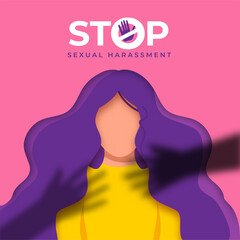
Vicariously Liable
In the context of sexual harassment, discrimination legislation provides that an employer is vicariously liable for an employee sexually harassing another employee. Unless they can establish they “took all reasonable steps to prevent the employee” from engaging in the unlawful sexual harassment. Thus, employers cannot always rely on the fact that there is “no evidence” to substantiate allegations.
Conclusion: What Evidence Do I Need for My Sexual Harassment Claim?
For all Fair work Commission related matters, we are happy to assist. General protections and adverse action related to sexual harassment call us immediately. Don’t suffer in silence, call us ASAP, all calls are treated in confidence.
Call 1800 333 666





